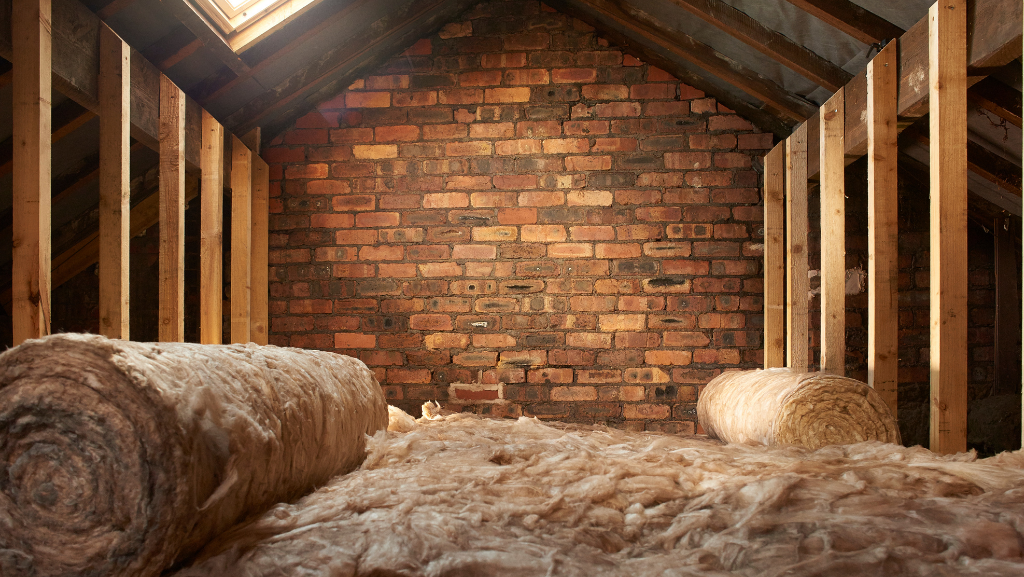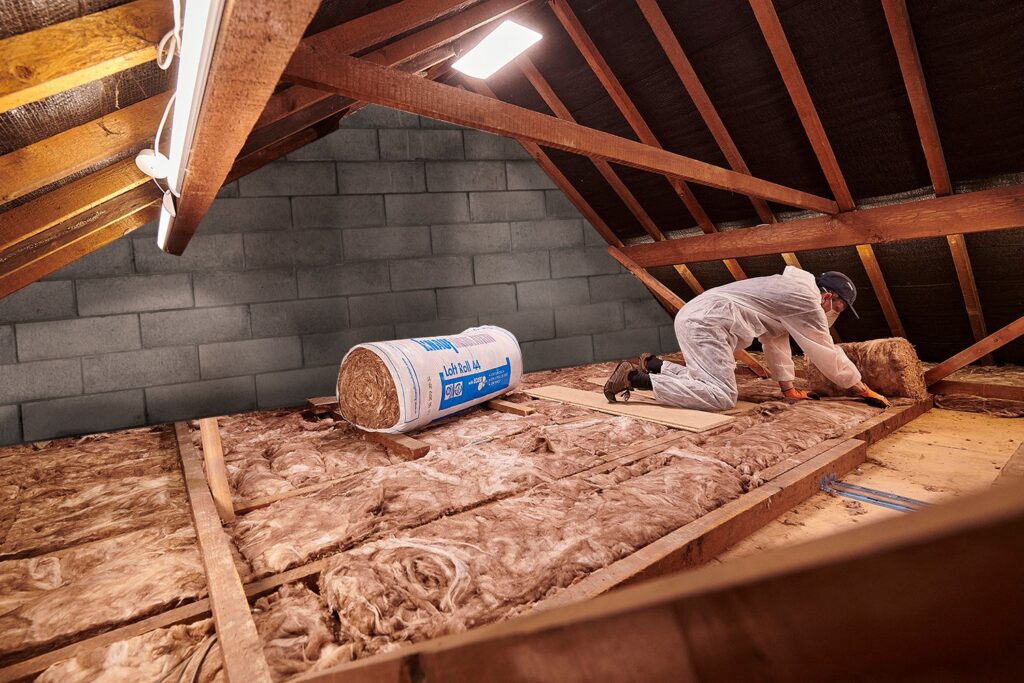Understanding the Essence of Loft Insulation
Loft insulation is not just about keeping your home warm in winter and cool in summer; it’s about maximizing energy efficiency, reducing your carbon footprint, and ultimately saving money on utility bills. At its core, loft insulation acts as a barrier, preventing heat from escaping through your roof and ensuring a comfortable living environment throughout the year.
The Benefits of Effective Loft Insulation
1. Enhanced Energy Efficiency
Investing in quality loft insulation significantly improves your home’s energy efficiency by minimizing heat loss. By creating a thermal barrier in your attic space, you can retain more heat during the winter months and reduce the need for excessive heating. Similarly, during summer, proper insulation helps in keeping your home cooler by blocking out the heat from the sun, thus reducing the reliance on air conditioning.
2. Cost Savings on Energy Bills
One of the most compelling reasons to prioritize loft insulation is the substantial savings on energy bills it offers over time. With reduced heat loss, your heating system doesn’t have to work as hard to maintain a comfortable temperature, leading to lower energy consumption and decreased utility expenses. Over the years, these savings can add up significantly, making loft insulation a wise long-term investment.
3. Environmental Impact
In today’s world, where sustainability is paramount, effective loft insulation plays a crucial role in reducing carbon emissions and mitigating environmental impact. By minimizing the amount of energy needed to heat or cool your home, you’re not only cutting down on your carbon footprint but also contributing to a greener, more sustainable future for generations to come.
Types of Loft Insulation
1. Blanket Insulation
Blanket insulation, also known as roll or batt insulation, is one of the most common types used in loft spaces. Made from materials such as fiberglass or mineral wool, it comes in rolls or batts that are cut to fit between joists and rafters. Blanket insulation is relatively easy to install and provides excellent thermal resistance, making it a popular choice for homeowners.
2. Loose Fill Insulation
Loose fill insulation consists of small particles, such as cellulose, fiberglass, or mineral wool, that are blown or poured into the attic space. This type of insulation conforms to irregular shapes and provides effective coverage, even in hard-to-reach areas. Loose fill insulation is ideal for attics with limited headroom or obstacles, offering versatility and efficient thermal performance.
3. Spray Foam Insulation
Spray foam insulation is a versatile option that expands upon application, filling gaps and crevices to create a seamless thermal barrier. It’s composed of polyurethane or another similar material and is sprayed onto the underside of the roof deck or directly onto the attic floor. Spray foam insulation provides superior thermal resistance and air sealing properties, making it an excellent choice for maximizing energy efficiency.
Factors to Consider Before Insulating Your Loft
1. Insulation Material
When selecting loft insulation, consider the material’s thermal performance, durability, and environmental impact. Each type of insulation has its advantages and suitability depending on your specific requirements and budget.
2. R-Value
The R-value measures the insulation material’s thermal resistance, indicating how effectively it prevents heat transfer. Higher R-values signify greater insulating power, so opt for insulation with an appropriate R-value for your climate and desired level of energy efficiency.
3. Installation Method
Proper installation is crucial for maximizing the effectiveness of loft insulation. Whether you choose to DIY or hire a professional, ensure that the insulation is installed correctly, with no gaps, compression, or voids that could compromise its performance.
4. Ventilation
Ventilation is essential for maintaining a healthy attic environment and preventing issues such as moisture buildup and mold growth. Ensure adequate ventilation when insulating your loft to promote airflow and prevent potential problems down the line.
Conclusion
Elevating your home’s energy efficiency through loft insulation is a smart investment that offers a myriad of benefits, from cost savings on energy bills to reduced environmental impact. By understanding the different types of insulation, considering key factors such as R-value and installation method, and prioritizing proper ventilation, you can create a comfortable, sustainable living space that stands the test of time.


